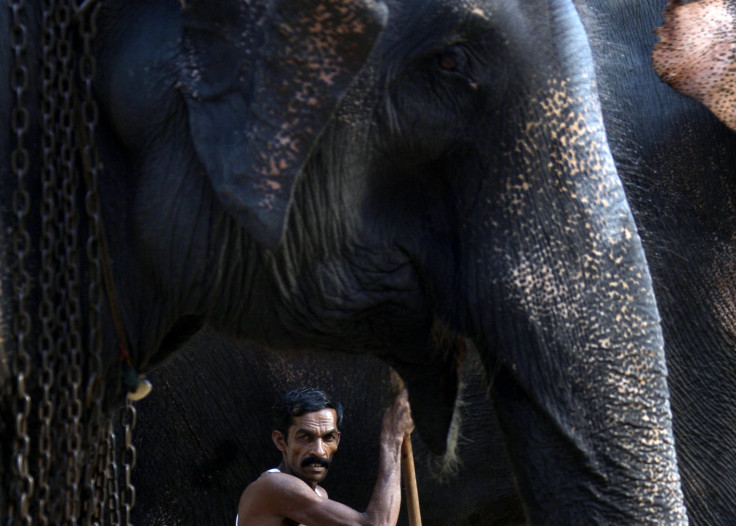Megafauna Doomed: Early Humans Drove Biggest Animal Species On Earth To Extinction

A new study exploring the history of human migration and animal extinction suggests large animals roaming earth thousands of years ago started going extinct due to the activities of Neanderthals and other early human relatives.
More than a 100,000 years ago, planet Earth hosted megafauna in big numbers. Animals like wooly mammoths, which were bigger than modern-day elephants, ground sloths, saber-toothed tigers, and Glyptodon, nearly as big as a car, thrived for centuries.
But due to some reason, they all started fading away. Bigger animal species went extinct faster than their smaller counterparts, something that scientists describe as size-biased extinction in ancient biodiversity.
Previous studies suggested the phenomenon started some 35,000 years ago, but the new work, conducted by a group of American researchers, revises that timeline by more than 90,000 years. According to the team, the animals started dropping dead at least 125,000 years ago in Africa, thanks to early humans and relatives.
After studying ancient fossil and rock records, the group determined that during that period massive animal species went extinct and the size of average mammal on the continent was already 50 percent smaller than those in other parts of the world.
However, as early humans started migrating out of Africa, other parts of the world also started witnessing a decline in megafauna. Scientists noted the pattern of human migration majorly coincided with the history of large animal extinctions around the world.
That said, in a few thousand years, average mammal size on other continents also plummeted. It dropped well below than that of Africa’s and the only animals that could make through time were the smaller ones.
"It wasn't until human impacts started becoming a factor that large body sizes made mammals more vulnerable to extinction," Kate Lyons, who authored the study, said in a statement. "The anthropological record indicates that Homo sapiens are identified as a species around 200,000 years ago, so this occurred not very long after the birth of us as a species. It just seems to be something that we do.”
Though it cannot be said for sure, the researchers posit humans may have targeted bigger animals to get meat for survival.
"From a life-history standpoint, it makes some sense,” Lyons added. “If you kill a rabbit, you're going to feed your family for a night. If you can kill a large mammal, you're going to feed your village."
In the past, it was suggested that climate change could also have played a role in driving animal extinctions on such a large scale, but the group debunked that theory and said both large and small animals would have been equally vulnerable to the impact of climate change.
They also said if the trend of size-biased extinction continues and animals currently listed as vulnerable and endangered go extinct in few hundred years, the largest mammal left could be a domestic cow.
If “all the currently threatened (mammals) are lost, then energy flow and taxonomic composition will be entirely restructured," Felisa Smith, lead author of the study, said. "In fact, mammalian body size around the globe will revert to what the world looked like 40 million years ago."
The study, titled "Body size downgrading of mammals over the late Quaternary," was published April 20 in the journal Science.
© Copyright IBTimes 2024. All rights reserved.





















